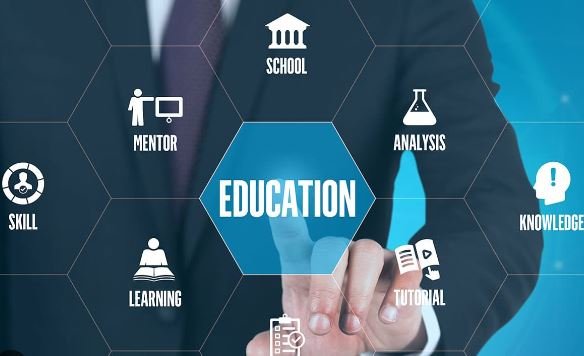Introduction
Scholarships have long been regarded as a means to provide equal opportunities for higher education. However, it is essential to critically examine the impact of scholarship policies on low-income students. While scholarships aim to assist students in their pursuit of education, certain policies can inadvertently create barriers that hinder low-income participation. In this article, we will explore the ways in which scholarship policies can preserve these barriers and discuss potential solutions to bridge the gap.
The Cost of Education
Access to quality education is a fundamental right, yet the rising cost of tuition fees has become a significant obstacle for many low-income students. Scholarships, in theory, should alleviate this burden. However, some policies fail to consider the full financial needs of students, focusing solely on academic achievements or extracurricular activities. This approach inadvertently excludes students who may excel academically but lack the financial means to pursue higher education.
Instead, scholarship policies should adopt a holistic approach, taking into account the financial background of applicants. By considering factors such as family income, socioeconomic status, and other financial responsibilities, scholarships can truly level the playing field for low-income students.
Eligibility Criteria and Hidden Barriers
Another issue lies in the eligibility criteria set by scholarship programs. While these criteria are intended to ensure that scholarships are awarded to deserving candidates, they can inadvertently create hidden barriers for low-income students.
For instance, some scholarships require applicants to have a certain GPA or standardized test score. While academic achievements are undoubtedly important, using them as the sole criteria can disadvantage students from underprivileged backgrounds who may not have had access to the same educational resources and opportunities.
By broadening the eligibility criteria to include factors such as community involvement, leadership potential, and personal achievements, scholarship programs can better identify and support students with diverse backgrounds and experiences.
Application Process and Accessibility
The application process itself can also pose challenges for low-income students. Many scholarship applications require extensive documentation, such as financial statements, recommendation letters, and essays. While these requirements are meant to assess candidates fairly, they can inadvertently create barriers for those who lack the resources or support to complete these tasks.
To address this issue, scholarship programs should consider streamlining the application process and providing resources to assist low-income students. This could include offering guidance on completing the necessary paperwork, providing access to computers and internet facilities, or even offering application fee waivers for those in financial need.
Mentorship and Support
While scholarships provide financial assistance, they should also offer mentorship and support to ensure the success of low-income students. Many students from disadvantaged backgrounds may face unique challenges during their academic journey, such as a lack of guidance or limited access to educational resources.
By implementing mentorship programs, scholarship organizations can connect students with experienced professionals who can provide guidance and support. Additionally, offering workshops or seminars on topics such as study skills, time management, and career development can further empower low-income students to thrive in their educational pursuits.
Conclusion
Scholarships have the potential to be powerful tools for promoting equal access to education. However, it is crucial to recognize and address the barriers that certain scholarship policies inadvertently create for low-income students. By adopting a more holistic approach to eligibility criteria, streamlining the application process, and providing mentorship and support, scholarship programs can truly bridge the gap and empower all students, regardless of their financial background, to pursue their educational dreams.







